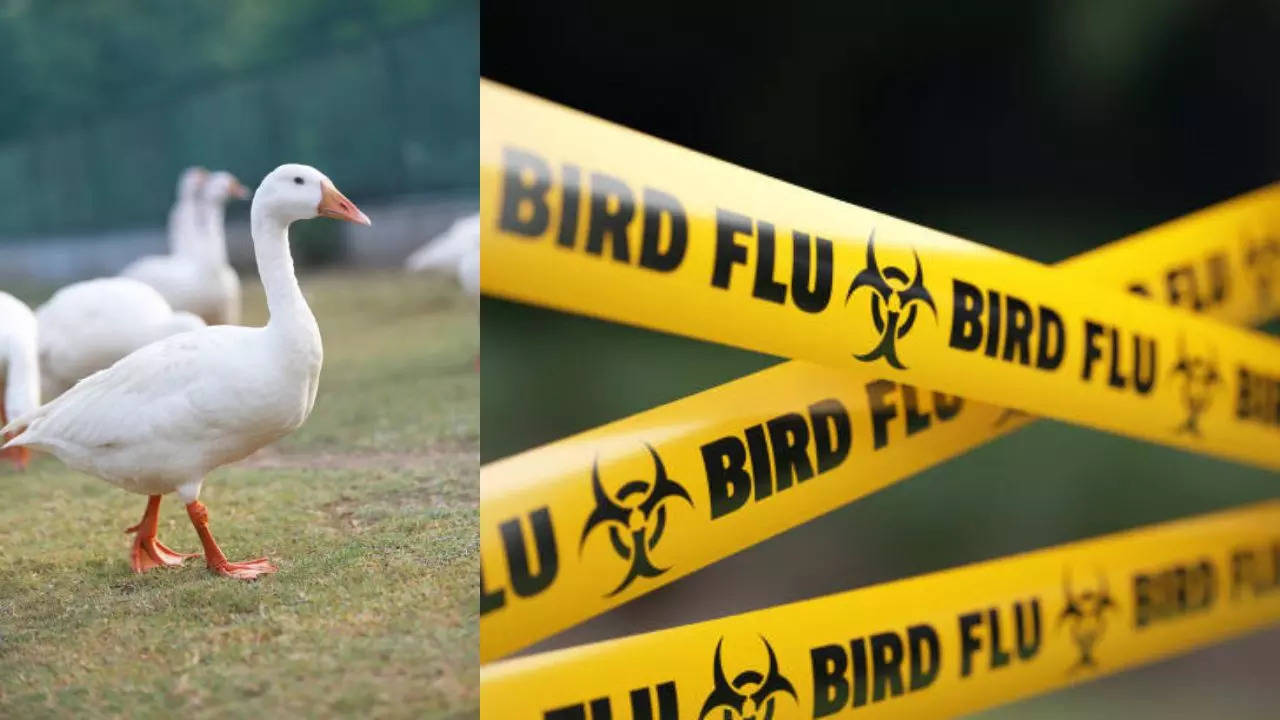Contents
-
news
-
Health
France reports bird flu at two farms, loses disease-free status
France has confirmed an outbreak of bird flu at two poultry farms, just days after it was officially declared free of the virus, according to the agriculture ministry. Highly pathogenic avian influenza has spread across Europe in a seasonal wave associated with migratory birds, although its impact is less severe than in the United States. Read on to know more.

NWW cases reported in the north-western region of Normandy have caused the country to lose its HPAI-free status
France has confirmed an outbreak of bird flu – highly pathogenic avian influenza – at two poultry farms, just days after it was officially declared free of the virus, the agriculture ministry said.
Bird flu has spread across Europe in a seasonal wave linked to migratory birds, although its impact has been less severe than in the United States, where dairy farms in many states have suffered tremendous losses, sending egg prices soaring. More than 66 people have been infected with this virus.
According to French officials, the new cases have been reported in the northwestern region of Normandy Country lost HPAI-free status Which it had reclaimed last month. Disease-free status for bird flu means that an outbreak has not been reported on a farm for at least a month. Classification may allow the removal of trade restrictions from importing countries.
How did France curb the first bird flu?
France has credited a vaccination program launched in 2023 for curbing the spread of bird flu compared to previous seasons, according to experts. The program focuses specifically on farm ducks – which are popularly raised for foie gras pâté – rich, buttery and delicate, as opposed to common duck or goose liver – which is considered particularly vulnerable to bird flu. .
The Agriculture Ministry says that in view of this virus, high alert has been issued across the country. Risk of contamination from migratory birds,
what is bird flu,
Bird flu is a type of infection caused by a virus that usually spreads among birds and other animals. This virus also infects humans, causing you to become seriously ill. However, it is extremely rare for it to spread from person to person.
You may hear about bird flu when an outbreak is affecting large numbers of birds or other animals. This is worrying because it increases the risk of human infection, may affect wildlife and reduce food supplies. Cases of human infection have been increasing continuously in America since 2024.
While there are subtypes of avian flu, most recent human cases of the virus involve influenza A (H5). The most common subtypes circulating in humans in the past have been influenza A(H5N1) and influenza A(H7N9). The types of proteins present on the surface of the virus determine the names of these subtypes.
Symptoms and signs of bird flu
According to experts, signs and symptoms of bird flu include:
- pink eye or conjunctivitis
- Fever
- Tiredness
- cough and cold
- muscle pain
- sore throat
- nausea and vomiting
- Diarrhea
- stuffy and runny nose
- breathlessness
According to experts, although these symptoms can be mild or severe, most recent cases of bird flu in the US have resulted in pink eyes and mild respiratory symptoms.
How does bird flu spread?
Doctors say that humans get bird flu if they come in contact with the body fluids of an infected animal, such as spit, milk, respiratory droplets or feces. You can inhale it from tiny dust particles in animal habitats or get it in your eyes, nose or mouth after touching body fluids.
However, you do not get bird flu from eating properly cooked poultry or eggs or drinking pasteurized milk. Any flock in which the avian flu virus is found is immediately excluded from the human food supply.
Get the latest news live on Times Now with breaking news and top headlines from health and around the world.


